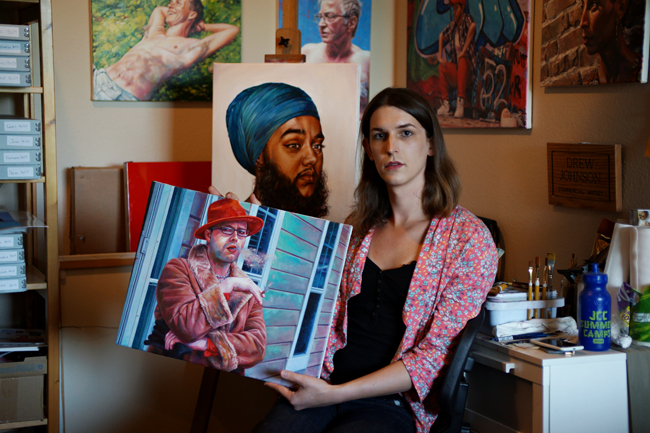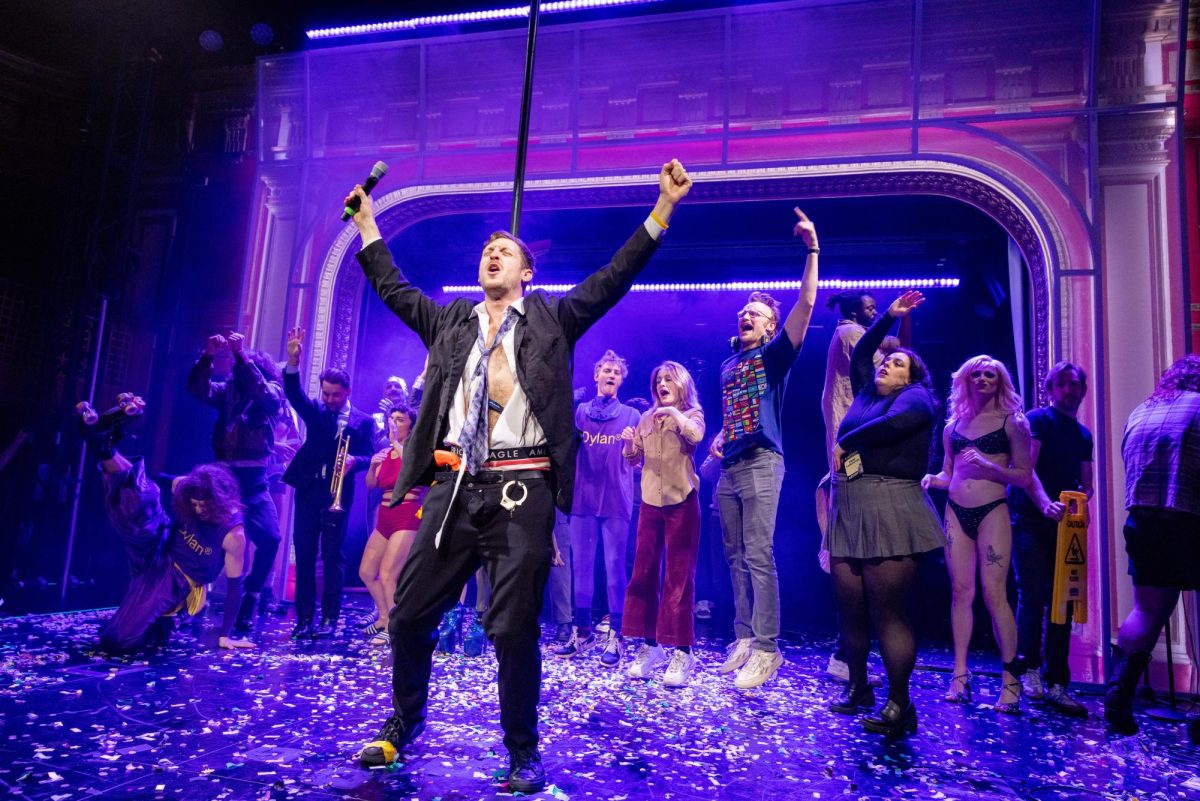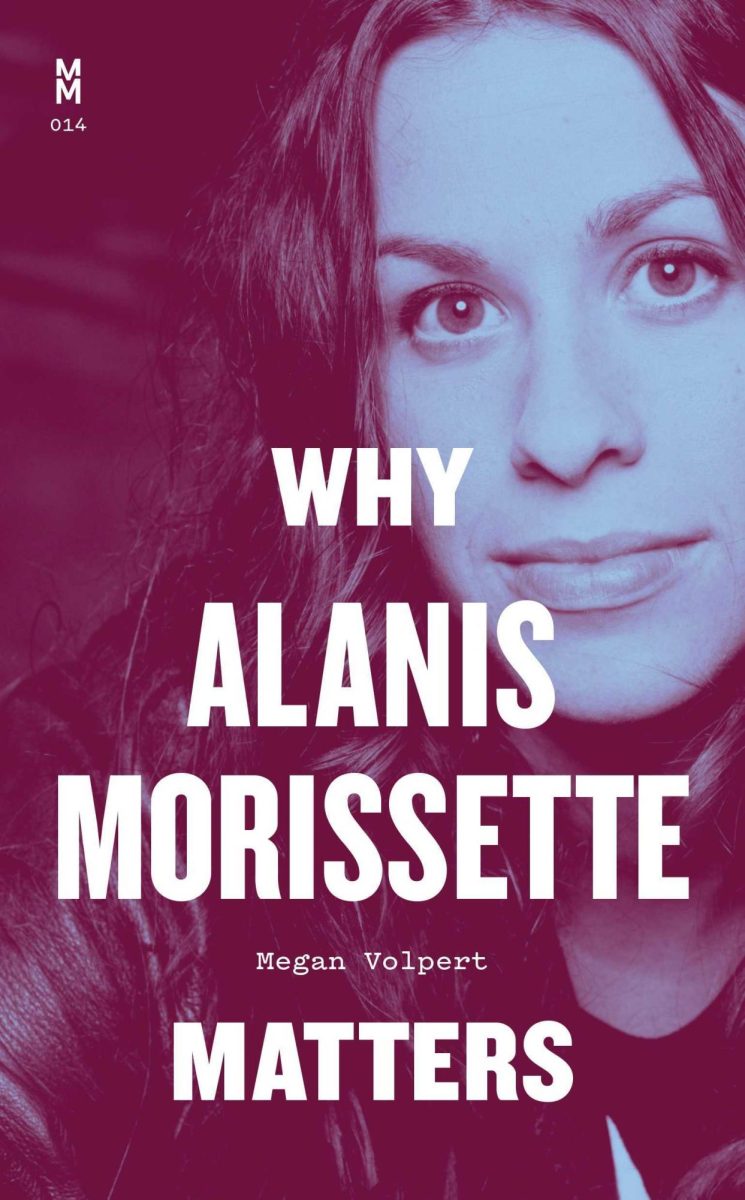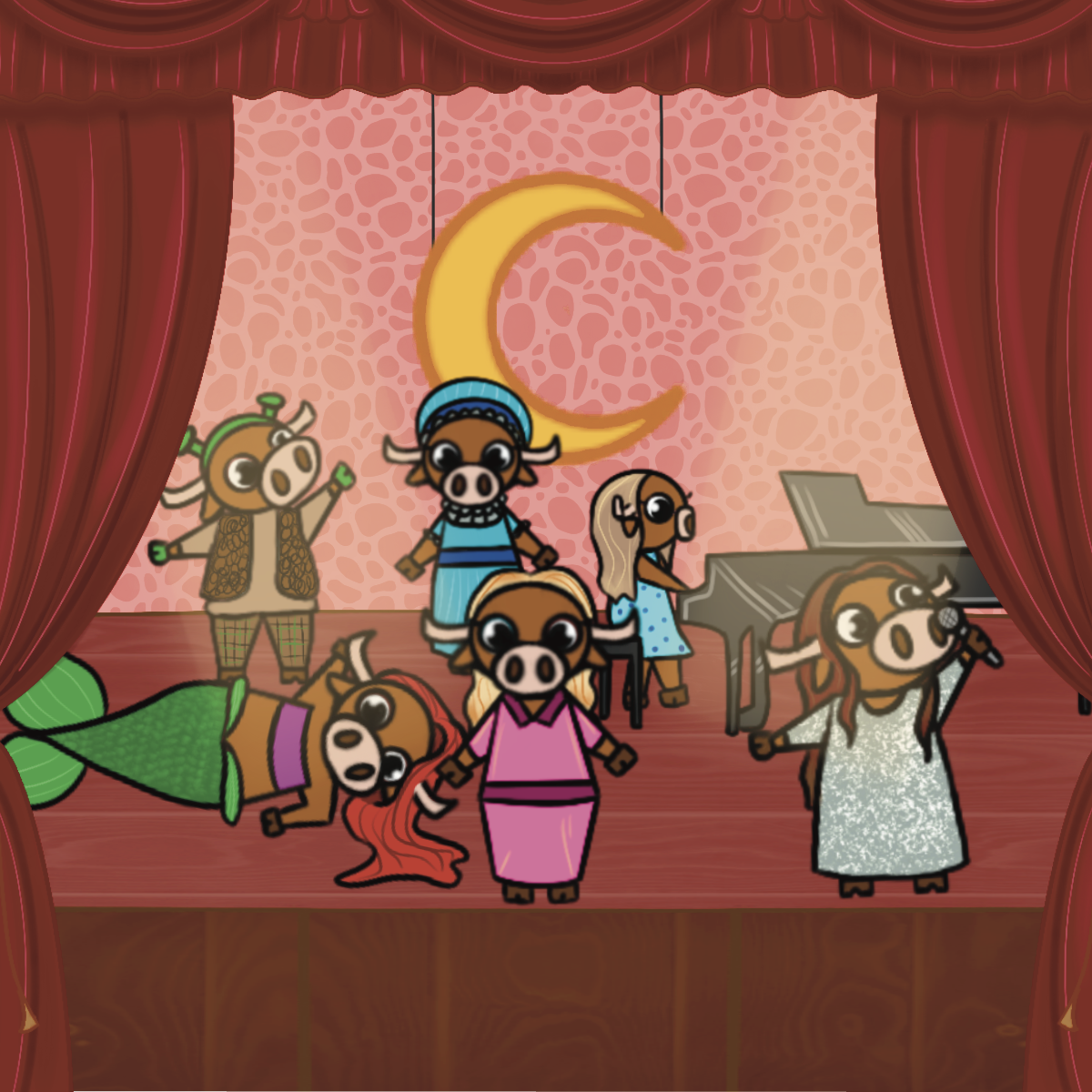Local painter Drew Riley remembers a childhood spent wishing to try on the dresses she saw girls wear at school. It is memories like these she now channels into her artwork.
After she spent years struggling with her gender identity, Riley, who was designated male at birth, now identifies as a trans woman. In an effort to come to terms with her identity, the classically trained artist launched Gender Portraits — a series of paintings that depict a variety of “gender nonconformists” from all walks of life. From drag queens to trans women and men, Riley’s portraits tell her subjects’ stories intimately.
Art has long been a constant in Riley’s life, she said. This particular project began two years ago with a self-portrait titled “Adolescence.” Riley said this painting was the first step she took in coming to terms with her identity — and said she knew in that in order to provide her audience a better understanding of gender issues, she would need to do more.
“I realized my story wasn’t enough,” Riley said. “There were so many different transgender stories, and none of them are alike. We’re not all the same caricature. This has nothing to do with sexual orientation or status. We are young; we are old; we’re professionals; we’re artists. I wanted people to see that diversity.”
Riley said her childhood would have been significantly different if transgender people had been represented positively in popular culture as she grew up. Today, representation is one of her central goals — she wants her portraits to spark positive dialogue for the gender nonconformist community.
“Any time I saw anything to do with a transgender person, they were the butt end of a joke,” Riley said. “It was never positive, but I want to change that.”
The painting that garners the most intense reactions, Riley said, is her portrait of Cavan Ò Raghallaigh, political activist and founder of Legalize Human, taken immediately post-surgery. Raghallaigh said he believes the painting provokes responses because the portrait confronts viewers with his raw, unvarnished truth.
“With the bandages, the scars — it’s very obvious that I just came out of surgery,” Raghallaigh said. “Looking at it brings back memories of the discomfort, but I never have even a flash of regret. That was my first surgery, and seeing myself after gave me the hope I wasn’t allowing myself to have. I could finally see myself as the person who was always on the inside.”
African and African diaspora studies graduate student Dora Santana said she hopes her own portrait of her spurs discussion about how transition is complicated by issues such as race.
“The type of representation you have is important,” Santana said. “A representation of a white trans woman doesn’t really affect the lives of a lot of black trans women. That’s what my story added. Yes, it was specific, but, as a black Brazilian woman, my story touched on things other people couldn’t.
The stories that accompany the portraits are especially important to Riley. She said her subjects’ stories make her feel more empowered about her own identity.
“The visual medium wasn’t enough to educate people,” Riley said. “I want people to walk away having learned something, having felt like they met someone. I’ve learned a lot about myself hearing these things that I’ve been grappling with my whole life but not known how to say.”















